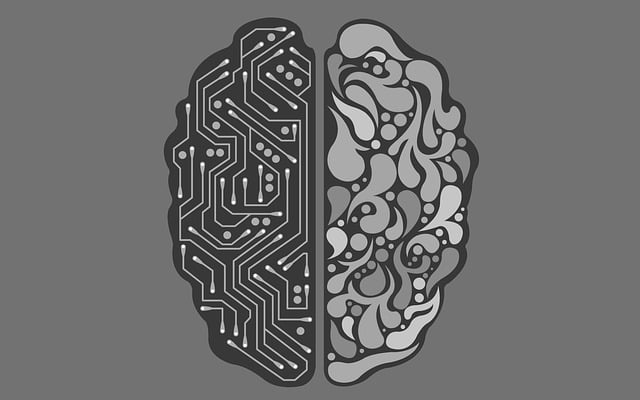AI-generated photo fooled the judges and won a photo contest
The winning entry in a photography competition organized by Australian company DigiDirect was a drone shot depicting two surfers racing towards each other.
AI has made remarkable strides in converting neural activity into sentences with an impressive accuracy rate of up to 97%.

AI has made remarkable strides in converting neural activity into sentences with an impressive accuracy rate of up to 97%. Researchers at the University of California, San Francisco have developed an AI system that translates a person's thoughts into text by analyzing brain activity in real-time. The system can recognize up to 250 words from a set of 30 to 50 sentences.
The algorithm was trained using data from volunteers, specifically four women who had electrodes implanted in their brains for monitoring and controlling epileptic seizures. These women read the same sentences aloud multiple times while their brain activity data was fed into the AI system to identify patterns associated with individual words. The average frequency of word errors in repeated readings was a mere 3%.
Despite these achievements, the system still falls short of understanding natural speech as the English language alone consists of around 20,000 words in active use. The researchers are uncertain about the scalability of the algorithm, as determining sentence structure and using that knowledge to enhance the transcript quality becomes increasingly challenging with the addition of new words, potentially reducing overall accuracy.
To address this, integrated approaches in combination with other brain-computer interface technologies, such as implants and learning algorithms, may be explored. Last year, a report by the Royal Society highlighted the advancements in neural interfaces, such as those being developed by Neuralink and Facebook, and predicted that these technologies could become the default treatment for diseases like Alzheimer's in about 20 years.
The report suggests that people may develop a form of telepathy, enabling communication without spoken language or even words. Additionally, the report mentions the possibility of futuristic advancements where people could send "neural postcards" to others, describing what they see, hear, or even taste, even in the absence of physical presence.
The Neurolink processor device features ASIC technology that enables individual processing of neural signals for 256 data channels. The device consists of 12 chips, providing a total of 3072 channels. It also utilizes polymer threads made of parylene, a titanium housing (with the lid removed), and a USB-C digital connector for power and data transfer.